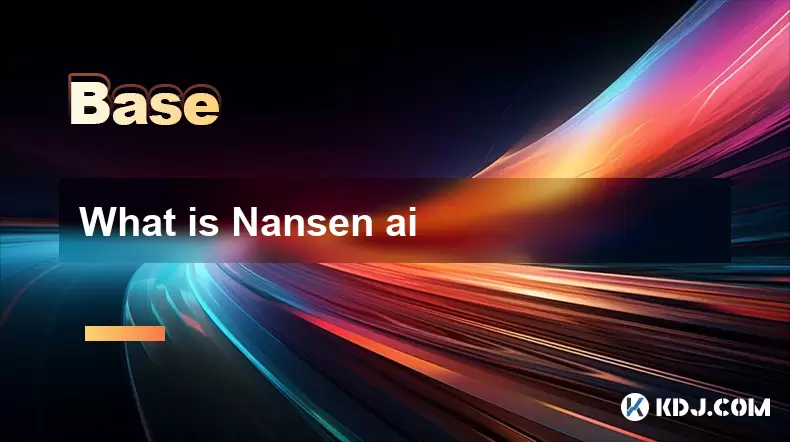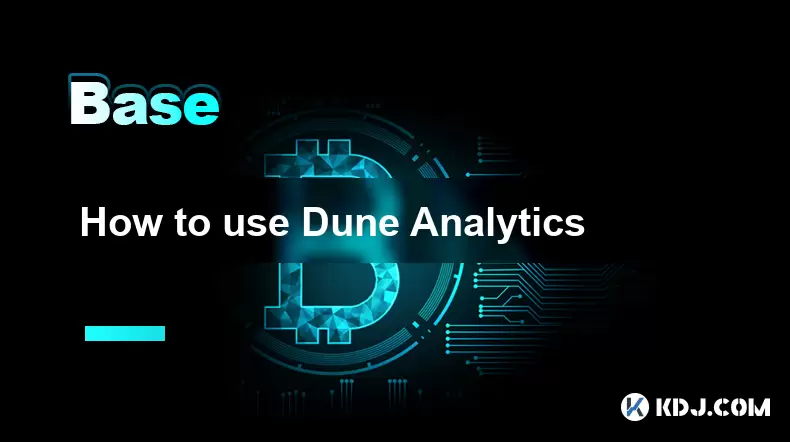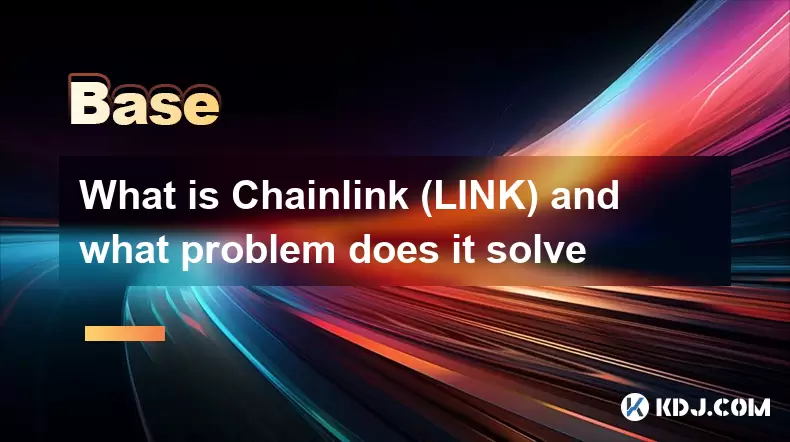-
 Bitcoin
Bitcoin $117,576.6195
-0.21% -
 Ethereum
Ethereum $2,938.5668
-1.35% -
 XRP
XRP $2.7699
4.60% -
 Tether USDt
Tether USDt $1.0003
0.01% -
 BNB
BNB $688.1624
-0.01% -
 Solana
Solana $160.5113
-1.95% -
 USDC
USDC $0.9999
0.01% -
 Dogecoin
Dogecoin $0.1976
-0.70% -
 TRON
TRON $0.3008
1.54% -
 Cardano
Cardano $0.7159
-2.16% -
 Hyperliquid
Hyperliquid $46.2240
2.04% -
 Stellar
Stellar $0.3966
22.03% -
 Sui
Sui $3.3928
-3.11% -
 Chainlink
Chainlink $15.1204
-2.43% -
 Bitcoin Cash
Bitcoin Cash $515.1741
-1.19% -
 Avalanche
Avalanche $20.8130
-0.90% -
 Hedera
Hedera $0.2001
-2.12% -
 UNUS SED LEO
UNUS SED LEO $9.0522
0.72% -
 Shiba Inu
Shiba Inu $0.0...01316
-2.01% -
 Toncoin
Toncoin $2.9843
0.61% -
 Litecoin
Litecoin $92.6745
-2.71% -
 Polkadot
Polkadot $3.9483
-0.06% -
 Monero
Monero $328.5347
1.10% -
 Dai
Dai $0.9998
0.01% -
 Ethena USDe
Ethena USDe $1.0006
-0.01% -
 Uniswap
Uniswap $8.3739
-6.50% -
 Bitget Token
Bitget Token $4.4241
-1.99% -
 Pepe
Pepe $0.0...01222
-3.96% -
 Aave
Aave $300.5203
-3.61% -
 Bittensor
Bittensor $382.2607
-1.92%
What does Block mean in blockchain
In blockchain technology, a block represents a collection of validated transactions and other data added to the immutable and chronologically ordered digital ledger, providing a foundation for secure and transparent record-keeping.
Oct 22, 2024 at 07:18 am

What does Block mean in blockchain
- Definition:
In blockchain technology, a block refers to a collection of transactions and other data that are grouped together and added to the blockchain, which is a distributed and immutable digital ledger.
- Structure of a Block:
Each block typically consists of the following components:
- Block Header: Contains information such as the block's version number, hash of the previous block, and timestamp.
- Transaction List: A list of validated and approved transactions that are included in the block.
- Merkle Tree Root: A cryptographic hash of all the transactions in the block.
- Nonce: A randomly generated number used in the mining process.
- Role in Blockchain:
Blocks serve as the foundational elements of a blockchain, providing four key functions:
- Validation: Transactions within a block undergo rigorous validation to ensure their legitimacy and integrity.
- Immutability: Once a block is added to the blockchain, it becomes almost impossible to alter or remove the information it contains.
- Chronological Order: Blocks are added to the blockchain in a linear and chronological sequence, creating a secure and transparent history of transactions.
- Decentralization: Blocks are distributed across a network of nodes, eliminating the need for a central authority and enhancing the security of the system.
- Block Mining:
The process of adding a new block to the blockchain is known as block mining. Miners use specialized computer hardware to solve complex mathematical puzzles to generate the nonce for the block. The miner who successfully finds a valid nonce получает rewards in the form of cryptocurrency.
- Block Size and Capacity:
The maximum size and capacity of a block vary depending on the specific blockchain protocol. Some blockchains use a fixed block size, while others employ a dynamic block size that can expand as needed.
- Block Confirmation:
After a block is mined, it requires confirmation and approval from multiple nodes in the network. This process ensures that the block is valid and supported by the majority of participants.
Disclaimer:info@kdj.com
The information provided is not trading advice. kdj.com does not assume any responsibility for any investments made based on the information provided in this article. Cryptocurrencies are highly volatile and it is highly recommended that you invest with caution after thorough research!
If you believe that the content used on this website infringes your copyright, please contact us immediately (info@kdj.com) and we will delete it promptly.
- Tether's USDT on Blockchains: Streamlining for Scalability and Regulatory Shifts
- 2025-07-12 22:30:12
- HBAR Price Prediction: Hedera's AI Play and the $100 Dream
- 2025-07-12 23:10:12
- Shiba Inu, Meme Coin, Quick Gains: Is the Hype Fading?
- 2025-07-13 00:15:16
- Pepeto, DOGE, and the Meme Coin Frenzy: What's Hot and What's Not
- 2025-07-12 22:50:12
- XRP Price Prediction: Riding the Crypto Coaster to New Highs?
- 2025-07-12 22:50:12
- Crypto's Wild Ride: Unrealized Gains, Regulatory Shifts, and Digital Asset Dominance
- 2025-07-12 22:30:12
Related knowledge

What is the Bitcoin dominance index
Jul 12,2025 at 10:35pm
Understanding the Bitcoin Dominance IndexThe Bitcoin Dominance Index, often abbreviated as BTC.D, is a metric used to measure Bitcoin's market capital...

What is the Bitcoin dominance index
Jul 11,2025 at 04:29am
What is the Bitcoin Dominance Index?The Bitcoin Dominance Index is a metric used to gauge Bitcoin's market capitalization relative to the total market...

Can crypto be a hedge against inflation
Jul 12,2025 at 12:07pm
Understanding the Role of Blockchain in Decentralized Finance (DeFi)Blockchain technology serves as the backbone of decentralized finance, offering a ...

What is Nansen ai
Jul 11,2025 at 03:42am
What is Nansen AI?Nansen AI refers to the integration of artificial intelligence technologies into the Nansen platform, which is primarily known for i...

How to use Dune Analytics
Jul 11,2025 at 06:01pm
What Is Dune Analytics?Dune Analytics is a powerful open-source platform that enables users to query, analyze, and visualize blockchain data. It allow...

What is Chainlink (LINK) and what problem does it solve
Jul 11,2025 at 12:21pm
What is Chainlink (LINK)?Chainlink is a decentralized oracle network designed to connect smart contracts with real-world data and external systems. Sm...

What is the Bitcoin dominance index
Jul 12,2025 at 10:35pm
Understanding the Bitcoin Dominance IndexThe Bitcoin Dominance Index, often abbreviated as BTC.D, is a metric used to measure Bitcoin's market capital...

What is the Bitcoin dominance index
Jul 11,2025 at 04:29am
What is the Bitcoin Dominance Index?The Bitcoin Dominance Index is a metric used to gauge Bitcoin's market capitalization relative to the total market...

Can crypto be a hedge against inflation
Jul 12,2025 at 12:07pm
Understanding the Role of Blockchain in Decentralized Finance (DeFi)Blockchain technology serves as the backbone of decentralized finance, offering a ...

What is Nansen ai
Jul 11,2025 at 03:42am
What is Nansen AI?Nansen AI refers to the integration of artificial intelligence technologies into the Nansen platform, which is primarily known for i...

How to use Dune Analytics
Jul 11,2025 at 06:01pm
What Is Dune Analytics?Dune Analytics is a powerful open-source platform that enables users to query, analyze, and visualize blockchain data. It allow...

What is Chainlink (LINK) and what problem does it solve
Jul 11,2025 at 12:21pm
What is Chainlink (LINK)?Chainlink is a decentralized oracle network designed to connect smart contracts with real-world data and external systems. Sm...
See all articles

























































































